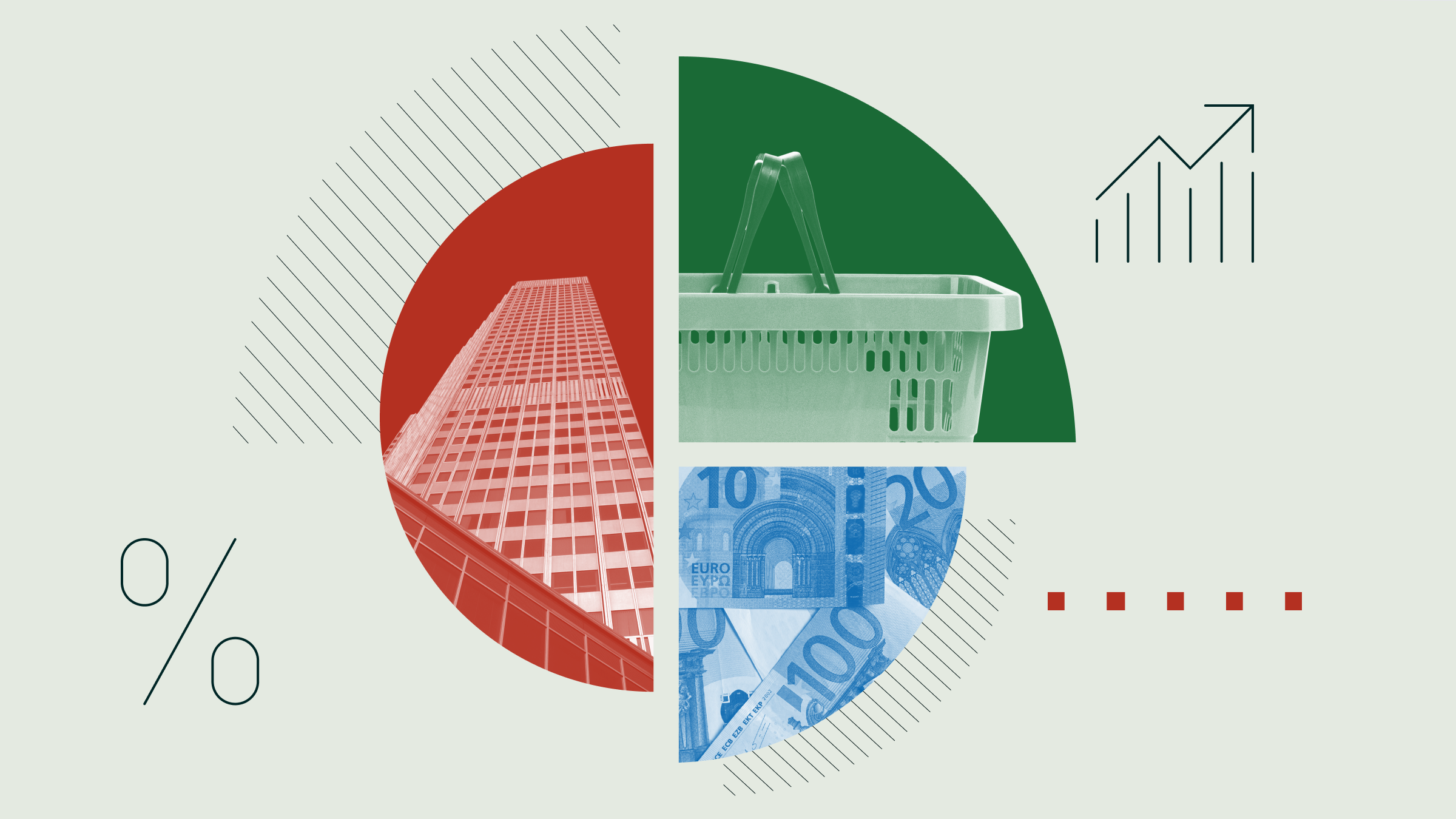
How do you pick your stocks? Most of us look at commonly used financial ratios like price-to-book (P/B) ratio, price-to-earnings (P/E) ratio or price-to-sales (P/S) in order to check if a stock is cheap or expensive. That makes sense. It is important to know if the price is right, because buying a stock at the wrong time is always a bad decision.
Apart from price, at Morningstar we emphasize the quality of the business, or it’s competitive advantage – we call it the Morningstar Economic Moat – which is the company’s capability to keep competitors at bay and stay profitable for many years to come. Great, right?
No matter how ‘great’ a company is, though, buying a good company at the wrong price is also a bad decision. That’s why our best investment ideas are stocks with an Economic moat that also trade at a discount to our fair value estimates.
There’s also a third aspect that investors should consider when they buy a stock, and that is how managers are able to increase shareholders returns through good capital allocation. At Morningstar we judge the company’s asset allocation through a rating called the Morningstar Stewardship Rating.
Why Stewardship Matters
But why are these aspects so important?
“The first thing we need to do is to understand what kind of company we are investing in, because our judgment can be very different when it comes to a growth or a value stock. When you have a growth business, like a technology or a biotech company, it’s important to see the rate of return of its investments and to answer the questions: are they investing in the right things, are they doing so at the right price, is the management able to execute? For firms in more mature industries like infrastructure or banks, shareholder return will be driven by dividends or buybacks,” says Mathew Hodge, director of equity research for Morningstar.
In either case, both strategies should be executed in a sustainable way.
“That’s why we focus also on balance sheet. If a company is too aggressive in buying new assets or if it is paying too much for its stock or if it is distributing dividends to shareholders in an unsustainable way, that could be very risky in case of a downturn, or a scandal that could drastically reduce revenues,” Hodge says.
How to Read the Ratings
Through the Morningstar Stewardship Rating, companies can earn a rating of Exemplary, Standard, or Poor, based on a valuation of three aspects: balance sheet, investments and shareholder distribution. Analysts judge stewardship from an equity holder's perspective. Ratings are determined on an absolute basis.
Companies are judged not against peers within their industry, but against ideal stewardship of shareholder capital. Most companies will receive a standard rating, and this should be considered the default rating in the absence of evidence that a management team has made exceptionally strong or poor capital allocation decisions. Here’s how the other two work:
Exemplary: A company earns an ‘Exemplary’ rating if it has exhibited excellent corporate stewardship practices.
Poor: A company earns a ‘Poor’ rating if the company is taking too much risk with shareholder value. This could mean it is investing poorly, investing in the wrong things at the wrong price, or if it’s just not sending the right share of that cash back to shareholders.
How it Works
The reason why our analysts pay attention to the capital allocation is explained by the stocks returns. If we look at all the companies covered by Morningstar, we can see a significant difference between the 10 years annualized returns of companies with an Exemplary capital allocation and those with a Poor rating. In the first case 50% of the companies recorded a return above 14.6%, in the second case half of the group earned returns of less than 1.6%.
Be careful, however. Just because a company has an economic moat, it does not mean that it has an exemplary capital allocation rating. Even if it’s true that most of the companies with an economic moat also have a management that makes the right decisions about how to allocate capital, we also have Wide Moat companies with a Poor rating. And Bayer is one of them.
“The company spends significantly less on R&D than the industry average. That explains why it has shown a low productivity with poor execution in its pipeline development. Also on the acquisition side, Bayer has executed poorly. The largest recent acquisition of Monsanto diversified cash flows and looked like a reasonable acquisition at the time, but the mismanagement and misunderstanding of the glyphosate risk has made the deal more problematic and has stressed the balance sheet and probably taken capital away from needed R&D investments,” says Damien Conover, director of equity strategy for Morningstar.
Ryanair, on the other side, is an example of a Value company with No Moat but with an Exemplary capital allocation. “Its balance sheet is managed conservatively compared with industry peers. Debt levels are kept low and the group often operates with a net cash balance. This provides the company with the financial freedom to act opportunistically and to have the liquidity to operate in times of downturn. The group pays no dividend and makes use of share repurchases to return excess capital to shareholders,” says Joachim Kotze, equity analyst for Morningstar.
In summary, before buying a stock do not look at just valuations. Understand if it has a sustainable competitive advantage and read all you can about the company, what it did in the past and what it plans to do in the years to come. The company annual report is a good base to start, there you can find all the information that you need to value the quality of its capital allocation.





























